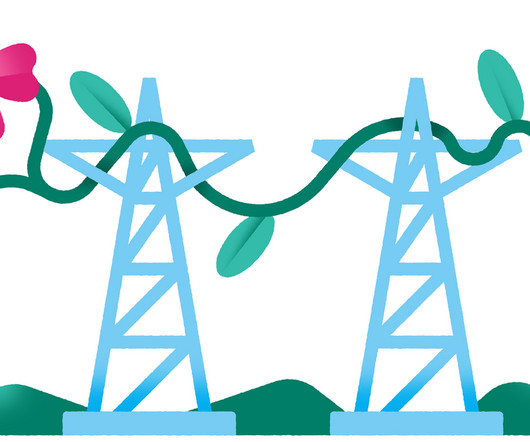GKN to supply 500 electric flywheel hybrid drive systems to Go-Ahead Group for buses
Green Car Congress
JULY 29, 2014
The energy is drawn from the flywheel and converted back into electricity to power the traction motor, which helps accelerate the bus back up to speed, generating fuel savings of more than 20% at a significantly lower cost and weight (60 kg, 132 lbs) than battery hybrid alternatives. Useable stored energy is 1.2MJ, with peak power of 120kW.












Let's personalize your content